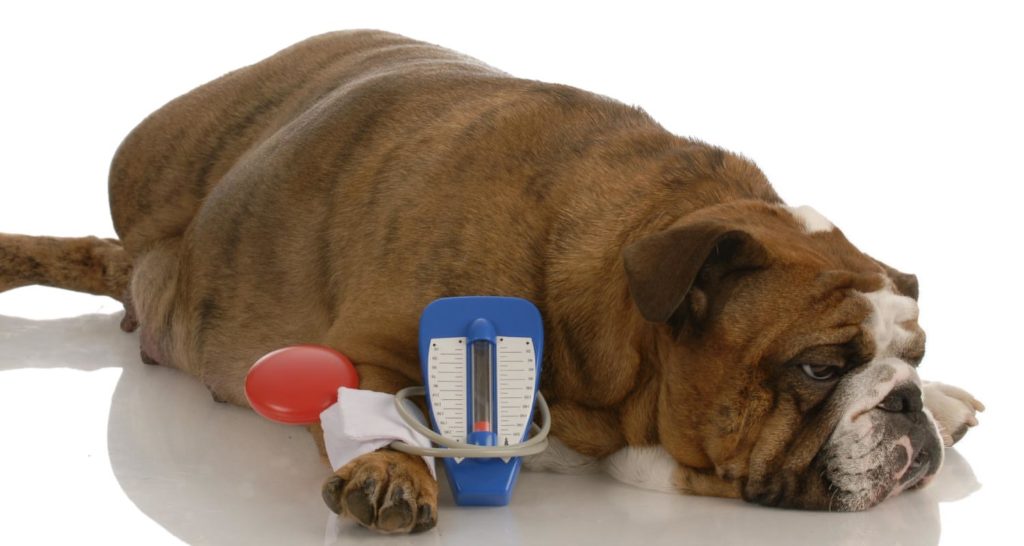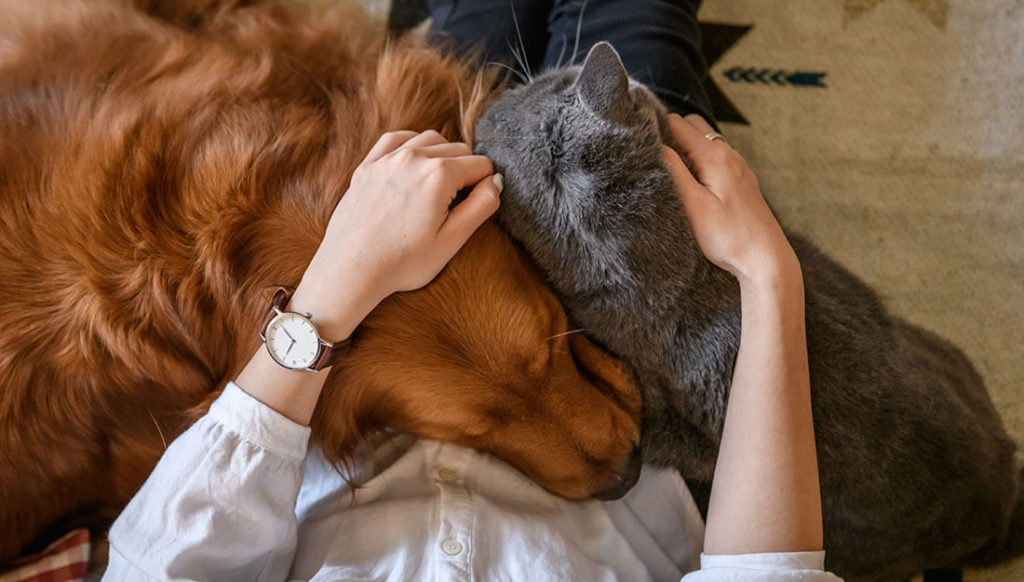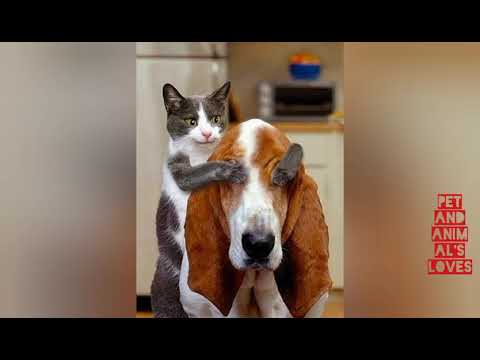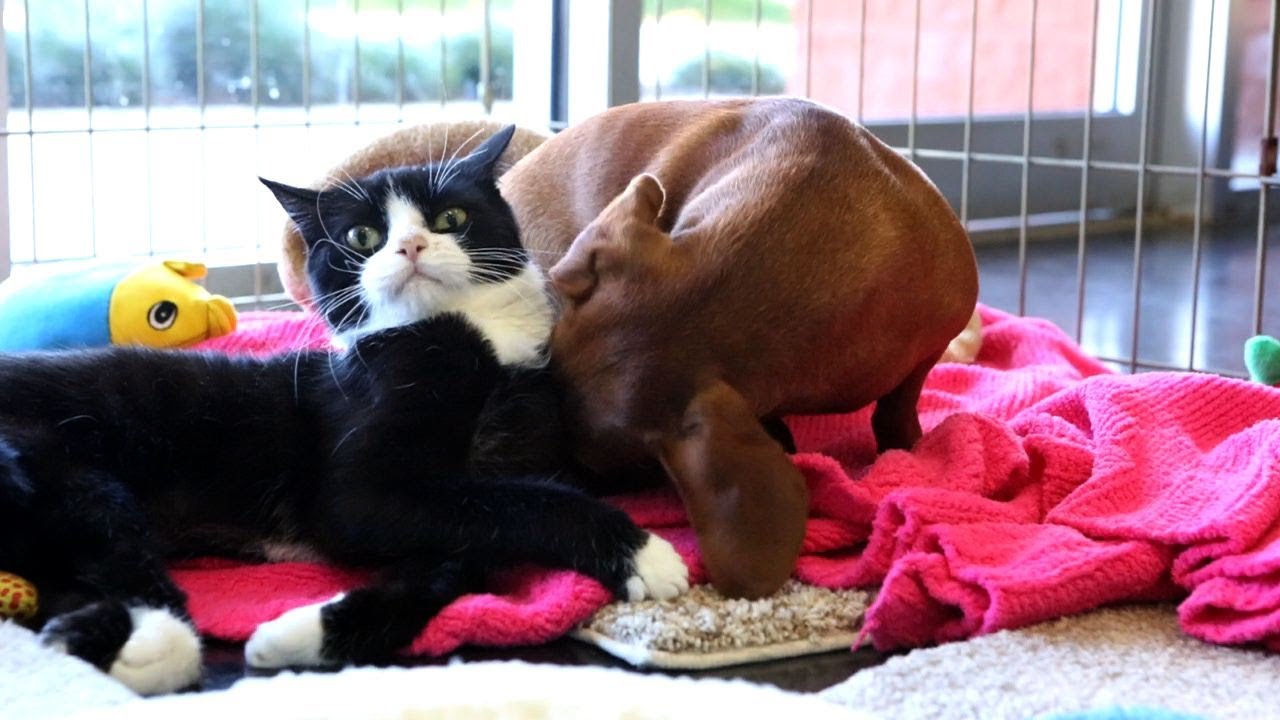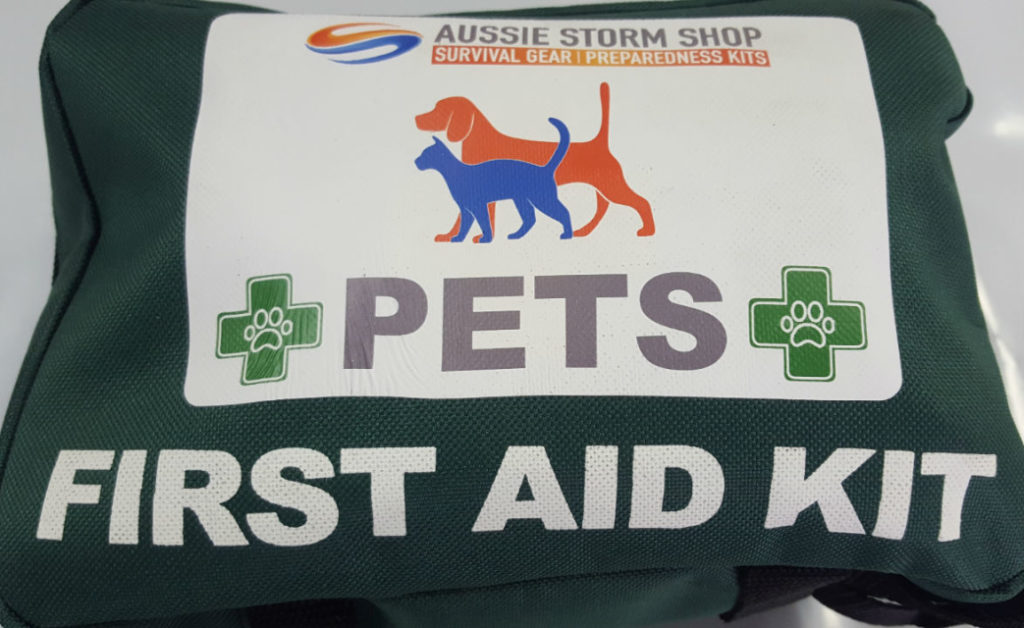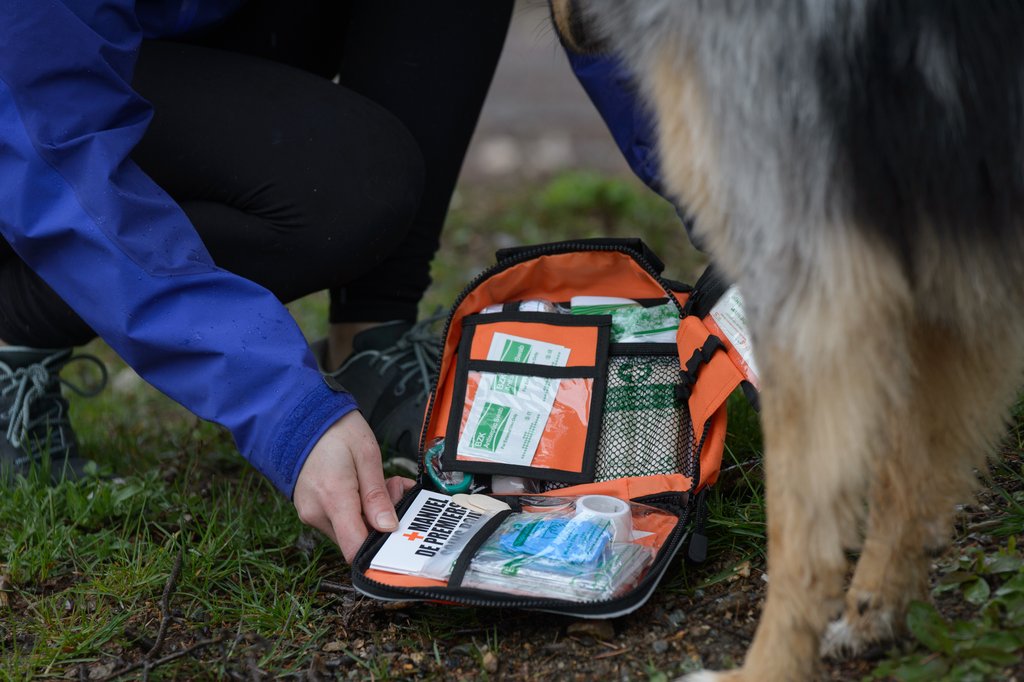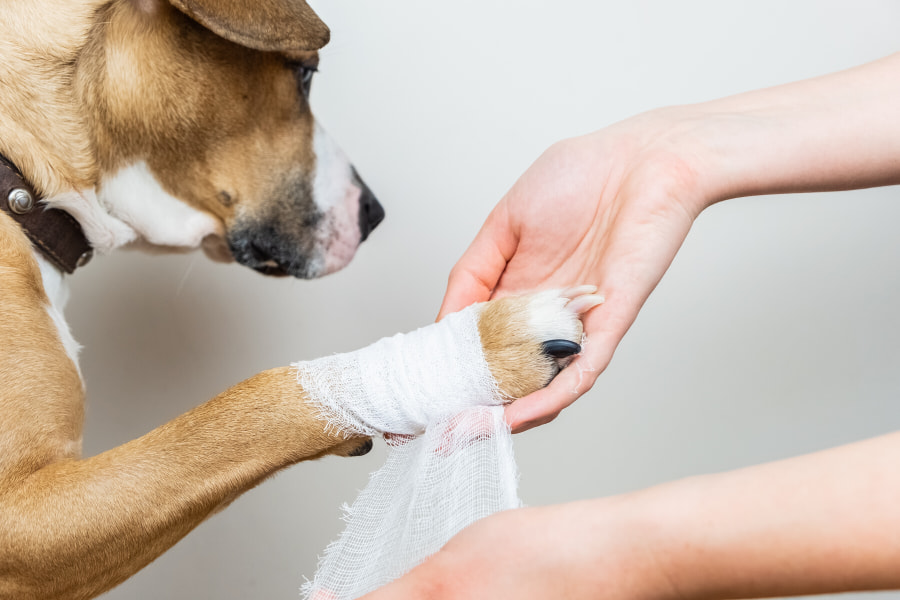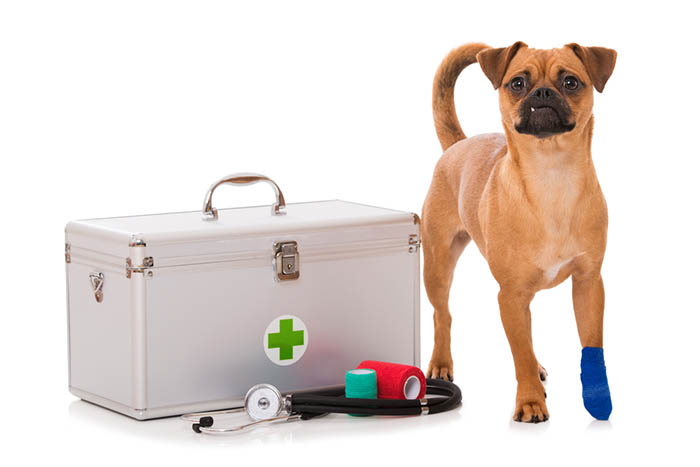Pain in dog is the same way we do as humans, but they don’t always show it in the same way. Physical symptoms like limping or hiding can be signs of pain, as well as behavioral changes and mobility issues. Dogs cannot tell us when they are hurting; we must recognize the signs that are not obvious and get them help.
Dogs can show a lot of signs when it comes to pain. Some common behaviors and physical changes include; Decreased activity levels, lethargy, loss of appetite or overeating, Restlessness or sluggishness, and Changes in behavior that indicate an unwillingness to do things they once enjoyed, such as playing with toys and going for walks and rides.
Some of the signs of pain in dog are easy to spot, such as limping or a visible wound. But other signs may be harder to identify. A dog’s reaction to pain is often related to its experience with pain, age, and environment. Some dogs have an amazing ability to withstand pain; others are more sensitive. But it is important to be sensitive to this.
Signs of Pain in Dog
Decrease in Appetite
Loss of appetite can be a symptom of serious illnesses in dogs, such as liver and kidney conditions, dental disease, or even cancer. So it’s best not to take any chances. If your dog is refusing to eat, take immediate action. Most dogs love to eat, so a disinterest in food can be a warning sign of pain. If your dog is in pain, the dog may find it difficult to eat.
Constant Grooming
Dogs are naturally clean animals, but there are times when they will groom themselves obsessively. If this happens, it could be a sign that something is wrong. Watch your dog closely if he starts licking at the same spot or area of his body constantly. Dogs will often lick where it hurts, even if the pain is internal.

Aggressive Behavior
Aggression in dogs can be a scary thing. If your dog is normally friendly and docile, but suddenly becomes aggressive, he may be in pain. If you notice that your dog is displaying signs of aggression, take extra care when examining him for injuries.
Panting Excessively
Panting is normal dog behavior that’s often a sign of exertion. If your dog pants heavily after playing fetch or running around, it’s most likely because he exerted himself. If he pants even though he hasn’t been exercising, it could be a sign of illness or pain. Although it may be difficult to pinpoint the exact reason for heavy panting if it occurs suddenly and unexpectedly it should be a cause for concern.
Vocalization
As a pet owner, one of the signs of pain your dog may be showing is an increase in vocalization. If your dog is whining, growling, or barking more than normal it shows there is a Pain in dog, he could be trying to tell you that he’s in pain. Always be sure to inspect your dog’s body for painful areas as gently as possible to avoid causing further harm.
Difficulty in Movement
If your dog is having trouble moving around, it could be a sign of arthritis or hip pain, it is a sign of Pain in dog. An injury may also be to blame. To check for signs of mobility issues in your dog, look out for obvious signs such as being reluctant to jump up on the bed, climb stairs or run around outside. Dogs with mobility issues tend to move slowly and can appear stiff. They may walk with a limp, or have trouble laying down and getting back up again.

Sleeping Patterns and Hiding
If you notice that your dog is sleeping more, or has started to hide from you, it could be a sign of pain. Dogs will sometimes sleep more in an attempt to rest and heal the painful area. However, some dogs may sleep less due to the intensity of the pain.

